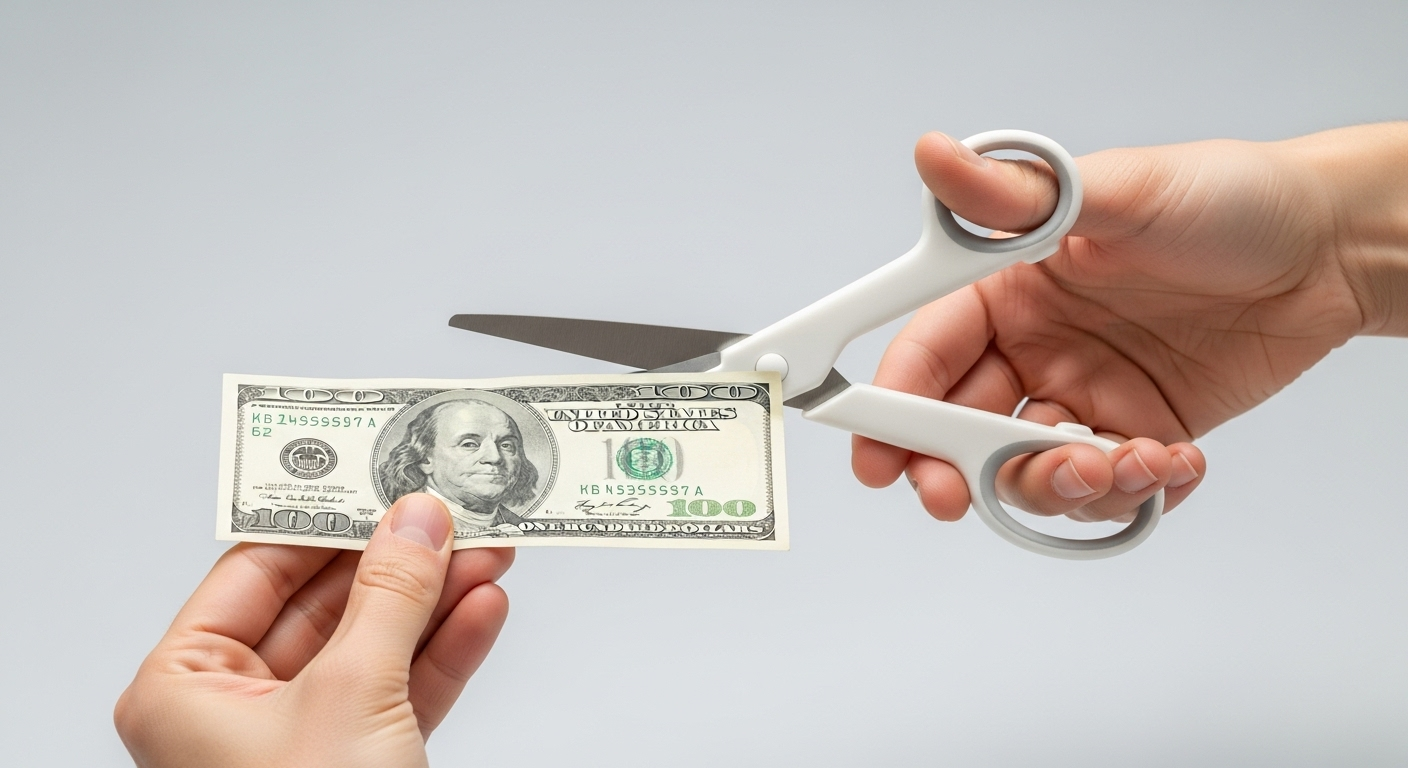
Let’s talk about the moment you see the number. You’ve done the responsible thing. You’ve decided to get life insurance. You fill out the online form, you click “get quote,” and a number pops up on the screen. It’s your monthly premium. And your first thought is probably, “…is that a good deal?”
It’s a frustrating feeling. Life insurance feels like a fixed price, a non-negotiable cost of being a grown-up. You get the quote, you sigh, and you pay it. But what if I told you that the price isn’t fixed at all? What if it’s more like buying a car or a plane ticket? The price you see first is almost never the best price you can get.
I’ve been down this rabbit hole. I’ve seen how a few small, smart moves can literally save you thousands of dollars over the life of a policy. It’s not about cheating the system or taking up base jumping to get a discount. It’s about understanding how insurance companies think, and then using that knowledge to your advantage. These are the real-deal strategies to lower your life insurance premiums.
Strategy #1: Buy It Yesterday
This is the single biggest money-saver, and it’s the one you have the most control over right now. Life insurance is cheapest when you are young and healthy. Every birthday you have, your rate ticks up. An insurer’s entire business model is based on risk, and the older you are, the riskier you become. Period.
The premium you lock in when you’re 30 is the premium you will pay for the entire 30-year term. Procrastinating for five years can mean your rate is 30-50% higher, for the exact same coverage. For life. It’s a massive, self-inflicted financial wound. Don’t wait until you have the “perfect” financial house. If you have people who depend on you, the best time to buy life insurance was yesterday. The second-best time is right now.
Strategy #2: Stop “Guesstimating” and Get Healthy
When you apply for life insurance, you’re placed into a health rating category, often with names like “Preferred Plus,” “Preferred,” “Standard,” etc. Think of it like a report card. An “A+” grade (Preferred Plus) gets the lowest price. A “C” (Standard) pays significantly more. Your job is to get the best grade possible.
How? By controlling the numbers they look at.
- Blood Pressure & Cholesterol: If your numbers are borderline, work with your doctor for a few months before you apply. Simple diet changes, exercise, or medication can move you into a better rating class and save you a fortune.
- Weight: Your height-to-weight ratio is a major factor. Losing even 10-15 pounds to get into a more favorable category on their build chart can have a huge impact on your premium.
- Quit Tobacco/Nicotine: This is the big one. Smokers and vapers can pay 200-300% more than non-smokers. Most companies require you to be nicotine-free for at least 12 months to qualify for non-smoker rates. The savings are astronomical.
Don’t just apply and hope for the best. Be proactive about your health before you even get a quote.
Strategy #3: Shop Around Like Your Wallet Depends On It (Because It Does)
This seems so obvious, yet almost no one does it correctly. Never, ever, ever buy a policy from the first quote you get. Life insurance companies are not a monolith. They all have their own “sweet spots.”
One company might be great for people with well-managed diabetes. Another might offer better rates to pilots. A third might be more lenient on family health history. You would never know this on your own. This is why working with an independent insurance broker is a non-negotiable step. A broker doesn’t work for one company; they work for you. They can take your specific profile and shop it to dozens of carriers to find the one that will view you most favorably. This one move can save you 25-50% versus going with a “captive” agent who only sells one brand. Finding an expert is key in many complex fields, from finance to national security, like the kind advised by the National Security Advisory Board.
Strategy #4: Choose the Right “Flavor” of Insurance
Are you being quoted for a whole life policy when all you need is term? This is a classic upsell that can cost you a fortune. Term life insurance is dramatically cheaper than whole life insurance. If your goal is simply to protect your family until your kids are grown and your mortgage is paid off, term life is the right, and most cost-effective, tool for the job. Don’t pay for lifelong coverage and a “cash value” feature you don’t need. It’s like buying a luxury SUV when all you need is a reliable sedan. Making the right choice here is a core part of any financial plan for new parents.
Strategy #5: Pay Annually if You Can
This is a simple but effective trick. Most people choose to pay their premiums monthly, but insurance companies add a small service fee for the convenience of processing 12 payments a year instead of one. If you can afford to pay your premium in one lump sum annually, you can often save anywhere from 3% to 8%. It might not sound like much, but over a 30-year term, that adds up to a significant savings.
Saving money on life insurance isn’t about being cheap. It’s about being smart. It’s about redirecting money that you would have given to an insurance company back into your own pocket—to fund your retirement, save for college, or just live a better life. As financial news outlets like the Wall Street Journal Money section often highlight, small efficiencies in your financial plan can lead to massive long-term gains.
Frequently Asked Questions (FAQs)
Is it better to get a 20-year or 30-year term policy?
A 30-year policy will have a higher monthly premium than a 20-year policy for the same coverage amount. However, it provides protection for a longer period. The best way to decide is to look at your biggest obligations. When will your mortgage be paid off? When will your youngest child be financially independent? Choose a term that covers you through those major milestones.
What if I get healthier after I buy my policy? Can I get a lower rate?
Yes! This is a fantastic and underused strategy. If you’ve lost a significant amount of weight, quit smoking for over a year, or made other major health improvements, you can ask your insurance company for “reconsideration.” You’ll likely have to go through a new medical exam, but if your health has improved, they may reclassify you into a better rating class and lower your premiums for the rest of the term.
Are “no-exam” life insurance policies a rip-off?
Not necessarily a rip-off, but you often pay a premium for the convenience. The insurance company is taking on more risk by not having a full medical picture, so they charge a bit more. If you are young and in excellent health, you will almost always get a better rate by taking the 30-minute medical exam. However, if you’re needle-phobic or just want coverage fast, they are a great option.
Does my job or hobbies affect my premium?
Absolutely. If you have a high-risk occupation (like a pilot, logger, or fisherman) or high-risk hobbies (like scuba diving, rock climbing, or skydiving), your premiums will be higher. Honesty is critical here. If you lie on your application and later have an accident related to that hobby, the company could deny the claim.










